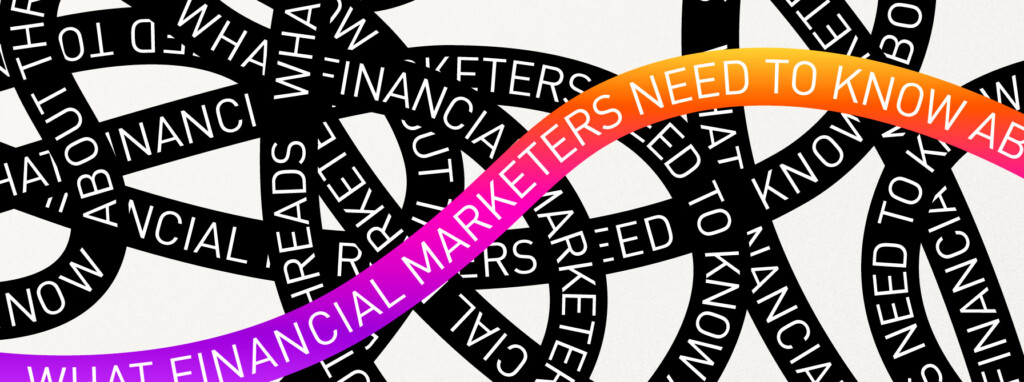A digital media plan is a vital part of any financial marketer’s strategy. Media planning is all about deciding how, when and where your target audience receives your content and marketing materials. We spoke to The Dubs’ Senior Social Media Specialist, Sadiye Booker, about what considerations financial marketers need to consider when constructing the perfect digital media plan.
Where to begin
Whether you’re media planning for a large-scale always-on campaign or a small, one-off campaign, your finance brand should start by identifying your goals and target audience. These two steps are critical to ensure you don’t lose sight of exactly what you want to achieve.
“Start by identifying target audiences, and how the message will resonate with those audiences based on demographics,” Sadiye says.
“Use this information to consider how to encourage audiences to engage with the brand. Establish clear goals and key objectives that are realistic to ensure the goals are achievable and within reach.”
How to create a media plan from scratch
Media planning consists of building an efficient marketing strategy that is regularly evaluated and adjusted to ensure it’s optimised to achieve your finance brand’s targets. It’s all about finding the best combination of brand messaging and media channels to achieve your desired objectives.
At the minutiae, a media plan consists of identifying the right message, at the right time, and on the right channel and effective targeting methods that will be most effective in nurturing and converting leads. Combining a variety of media types – earned media, owned media and paid media.
“Once a finance brand has defined its objectives and has a clear idea of target audience, it’s time to determine the target audiences and social platforms, consider content frequency and reach, and analyse and optimise performance throughout the campaign duration,” Sadiye says.
“ Creating a media plan for finance brands consists of formulating a strategy, evaluating its effectiveness and adjusting the execution of the strategy. – Sadiye Booker, Senior Social Media Specialist at The Dubs ”
It’s important financial marketers understand that a media plan isn’t a hard and fast document that can’t be altered. Instead, a media plan is designed to be upended. If a specific message, channel or even targeting avenue isn’t performing well, it should be optimised in real time.
“Ultimately, creating a media plan for finance brands consists of formulating a strategy, evaluating its effectiveness and adjusting the execution of the strategy,” shares Sadiye.
The benefits for financial marketers
There are numerous benefits to having and implementing an effective media plan. Ultimately, by creating a media plan your finance brand’s marketing strategy will be more effective in generating leads, nurturing potential clients and pushing them through the acquisition funnel. It can also help you broaden your organic reach and ensure you’re consistently improving brand awareness and achieving key performance metrics.
Sadiye notes, “Benefits of having a media plan for finance brands include improving efficiency, analysis and optimisation, and improved ROI.”
How can financial marketers improve their media plan?
As discussed, a core component of any successful media plan is ensuring your finance brand consistently evaluates it to maximise your success.
Sadiye shares some things to consider when you’re looking to improve your media plan: “Think about broadening and defining the audiences and demographics that are being targeted, and keep testing these audiences to ensure the reach is being utilised.”
She adds, “Consider redefining budget allocation based on performance throughout the campaign duration.”
Ultimately, by failing to plan you are preparing to fail.









